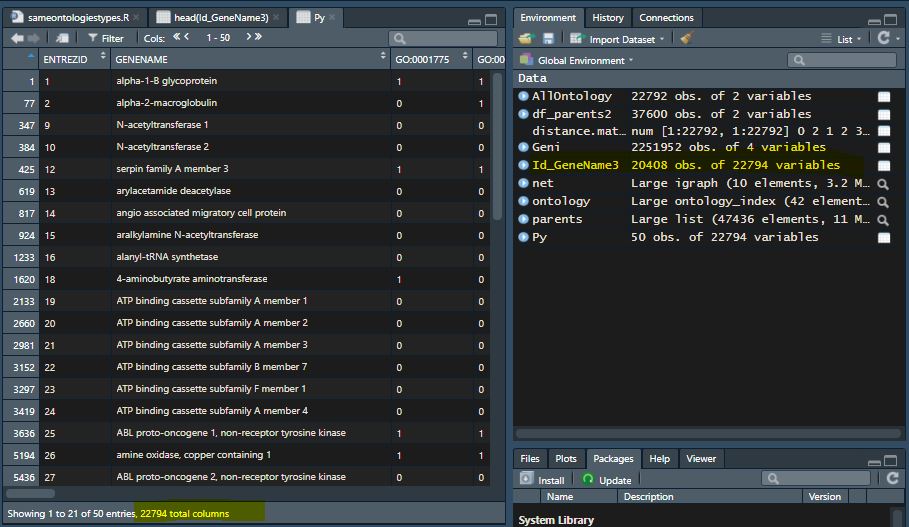
Let’s have a look at the R syntax and its output:įor (i in x2 ) # "The name Max consists of 3 characters." # "The name Tina consists of 4 characters." # "The name Lindsey consists of 7 characters." # "The name Anton consists of 5 characters." # "The name Sharon consists of 6 characters.
#DOUBLE LOOP IN R CODE#
We are printing the result of our code block in each iteration to the RStudio console. Within the body of the for-loop we are then creating an output called x1, which contains the index of our loop to the power of 2. In the following R code, we are specifying within the head of the for-loop that we want to run through a vector containing ten elements from the first element (i.e. It was created by Chris Argyris, a leading organizational trainer, in the mid-1980’s, and developed over the next decade into an effective tool.
#DOUBLE LOOP IN R HOW TO#
In this Example, I’ll illustrate how to use for-loops to loop over a vector. What is Double-Loop Learning Double-loop learning is an educational concept and process that involves teaching people to think more deeply about their own assumptions and beliefs. offers daily e-mail updates about R news and tutorials about learning R and many other topics. To leave a comment for the author, please follow the link and comment on their blog: r-bloggers. You should always double-check this method by walking through the loop to make sure the links are labeled correctly. The secret to loop over a vector rather than data frames as R is optimised for vector and matrix operations. So keep on reading!Įxample 1: Loop Through Vector in R (Basics) If there are an odd number of o’s, it is a balancing loop. In the following, I’ll show you ten examples for the application of for-loops in R. If this is not the case, the code block within the for-loop is repeated. If this is the case, the for-loop is stopped. In this block we can execute basically any R syntax we want.Īfterwards, the for-loop checks whether it reached the last object of the collection specified in the head of the loop. The head is followed by a code block (i.e. Have a look at the following graphic, it illustrates how for-loops work in theory:Īt the beginning of each for-loop is a head that defines a collection of objects such as the elements of a vector or a list. I’ll first explain the workflow of for-loops. To iterate over a matrix, we have to define two for loop, namely one for the rows and another for the column.Before we dive into the examples, let’s start with a quick theoretical introduction to for-loops… # "Apple" "Orange" "Passion fruit" "Banana"Ī matrix has 2-dimension, rows and columns. Let’s see an exampleįruit <- list(Basket = c('Apple', 'Orange', 'Passion fruit', 'Banana'), Pre-treatment with RNase H only partially suppressed instability, supporting a model in which R-loops directly generate instability by aberrant processing, or via slipped-DNA formation upon RNA removal and its subsequent aberrant processing. Looping over a list is just as easy and convenient as looping over a vector. Double-R-loops induced greater instability than single-R-loops.

To help us detect those values, we can make use of a for loop to iterate over a range of values and define the best candidate. Regularization is a very tedious task because we need to find the value that minimizes the loss function.

After we have trained a model, we need to regularize the model to avoid over-fitting.

The for loop is very valuable for machine learning tasks. # Create a for statement to populate the list

Fruit <- c('Apple', 'Orange', 'Passion fruit', 'Banana')Įxample 2: creates a non-linear function by using the polynomial of x between 1 and 4 and we store it in a list


 0 kommentar(er)
0 kommentar(er)
